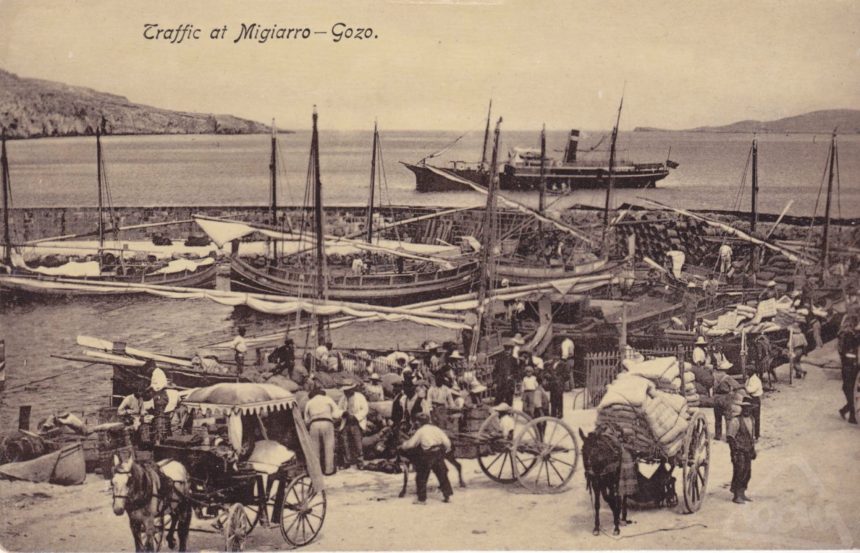The story of the Gozo Channel linking Malta and Gozo is a testament to the enduring connectivity between these two Mediterranean islands. Spanning centuries, the history of this service is marked by evolution, challenges, and a commitment to facilitating travel and trade.
1241: Early Beginnings
From the 13th century, the waters between Malta and Gozo witnessed the birth of a maritime connection. As early as 1241, ferries, known as “id-dgħajsa tal-mogħdija” with their characteristic lateen sails, began their voyages. Mġarr’s coastal landscape still whispers tales of these historic journeys.
The First Regular Passenger Service
A pivotal change in the Gozo Ferry Service was observed on 13 June, 1885. Marking the inception of the first official regular passenger service between Gozo and Malta, the vessel Gleneagles, operated by O.F. Gollcher & Sons Ltd, became the flag bearer of this transformation.
From Multiple Operators to the Gozo Channel
The 20th century saw a flux of operators and families navigating between the islands. Despite their contributions, a cohesive approach to the Gozo Ferry Service was missing. 1979 marked the rise of Gozo Channel, a company with a vision to streamline, develop, and ensure a trustworthy maritime link between Malta and Gozo.
Fleet Foundations
The Gozo Channel’s initial fleet, featuring the likes of M/V Ghawdex, M/V Melitaland, and M/V Mġarr (previously known as Salthorn), set sail between the late 1970s and early 1980s. These pioneers carved the path for a more structured and efficient Gozo Ferry Service.
Recognizing the burgeoning tourism industry and escalating demands, Gozo Channel augmented its offerings. The 1981 seasonal route to Sicily and fleet modernisation in the mid-1990s became significant milestones. By 1990, the company was steering five vessels, offering a rapid Gozo Ferry Service between Mgarr, Sliema, and Sa Maison, accomplishing an impressive average of 27 round trips daily.
The Introduction of New Vessels and Terminals
The Gozo Ferry Service saw further evolution with the introduction of the modern ro-ro vessels – M.V. Ta’ Pinu, M.V. Gaudos, and M.V. Malita. The 21st century ushered in infrastructural growth, with revamped Mġarr and Ċirkewwa ferry terminals, ready to handle the surge in passenger influx.
Today, the Gozo Channel ferry service continues to play a vital role in connecting the communities, cultures, and economies of Malta and Gozo. From its historic roots to its present-day technological advancements, this service stands as a bridge across time, reflecting the unwavering spirit of maritime connectivity.
Sources
https://vassallohistory.wordpress.com/gozo-ferry-since-1885/


Leave a Reply